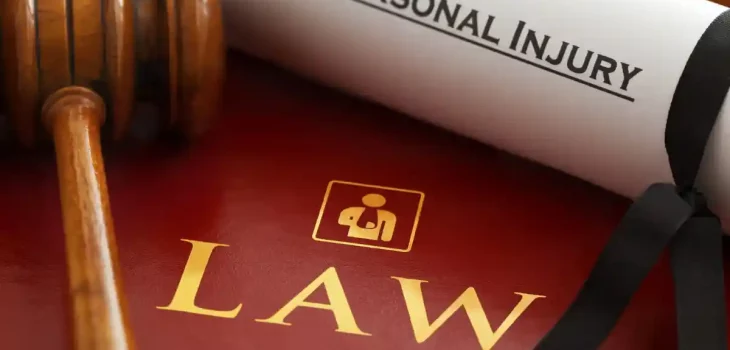How to Get onto the Property Ladder: Key Steps to Homeownership
The prospect of getting onto the property ladder is an extremely tantalising one for practically every young adult in the UK – and has been even more tantalising for its unlikeliness in the past decade. Rising property values and stagnating wages have made it harder and harder for first-time buyers, and indicated that ‘generation rent’ is here to stay.
But with the recent news that a deposit may no longer a requirement to purchase a home, property ownership has become more attainable for first-timers. This exciting development opens up the floor to aspiring homeowners, who may have previously found it challenging to save for a home. As the market continues to soften, what practical steps can you take to get onto the property ladder and achieve your homeownership goals?
Financial Preparations and Planning
Before embarking on your journey to homeownership, it is very important that you lay yourself a strong financial foundation. This means saving what you can for the future, even if whatever you save might not be enough for a considerable deposit.
One useful strategy in this regard is to open an Individual Savings Account, or ISA, as a repository for your house savings. ISAs are useful in that they offer tax exemption on any interest earned; if you do come into money, you won’t be penalised for holding it.
Additionally, making sure that you are registered on the electoral register can be hugely beneficial to your case. Doing so provides proof of your residency, with positive implications for your credit score. This makes obtaining a mortgage much easier from the off.
Take Control of Your Outgoings
Where zero-deposit, or 100% mortgages are concerned, eligibility is typically predicated on prior financial responsibility. The recent 100% mortgage news stems from a product that requires an 18-month history of regular rent payment, for one.
There are other ways you can demonstrate the same responsibility, too. Having some utility bills in your name, and records to prove prompt payment, can all work in your favour when discussing higher-risk mortgage products with an adviser.
On a general note, you might consider budgeting and managing your expenses in a more involved manner. Tracking your spending can reveal poor habits or holes in your saving strategy, giving you the opportunity cut costs, and prioritise saving.
Explore Schemes and Assistance
Lastly, there are products and processes by which the purchasing of a home can be effectively subsidised. For example, LISA products enable savers to benefit from a government bonus of 25% annually (up to a £1000 threshold). There are also shared ownership schemes that enable buyers to part-buy, part-rent a new build in order to buy a property with a smaller mortgage.
The options when it comes to buying a first property today are extremely wide-ranging, and can have profound impacts for affordability with a new generation of prospective home-owners. No one solution is objectively correct, though, and each option is well worth researching in accordance to your own personal situation.







